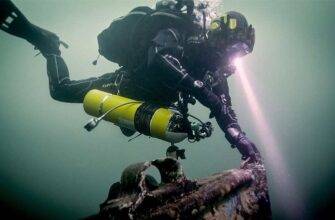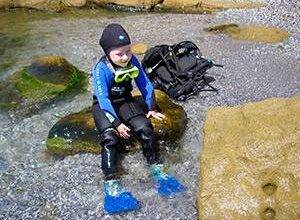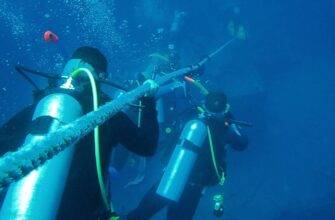The pH value of water also affects the possibility of marine life. A remarkable example can be seen in the lagoons on the islands of Palau in the Pacific Ocean. Most of the lagoons are connected to the ocean, and the water in them changes with the tides.
Some, however, are completely isolated from the ocean, and water enters them through cracks in limestone, a rock typical of the region’s islands. The size of the cracks and pores in the limestone allow seawater to seep into them, but exclude any organisms.
There are no predators in these isolated lakes, and because of this and other conditions, a unique fauna has developed in the lake on Ail Mulk Island.
The lake is inhabited by millions of non-stinging jellyfish belonging to two species (moon jellyfish and mestiga). They have no sting cells and do not hunt, but instead cultivate single-celled algae inside their transparent bodies. These algae harness the energy of sunlight, grow and feed the jellyfish.
Jellyfish rise to the surface at dawn and move around the lake following the sun, and at night they descend into a deep layer of water starting at 18 meters, where hydrogen sulfide (a poisonous substance to which they are insensitive) is dissolved.
Divers swim among the jellyfish in the upper layers of the lake, where the pH is about 8.5.
However, they are cautioned against diving deeper than 9 meters because at this depth the water becomes more alkaline due to decreased overall respiratory activity (because other organisms are absent), and therefore less carbon dioxide. This leads to a highly alkaline reaction.
Read More:




